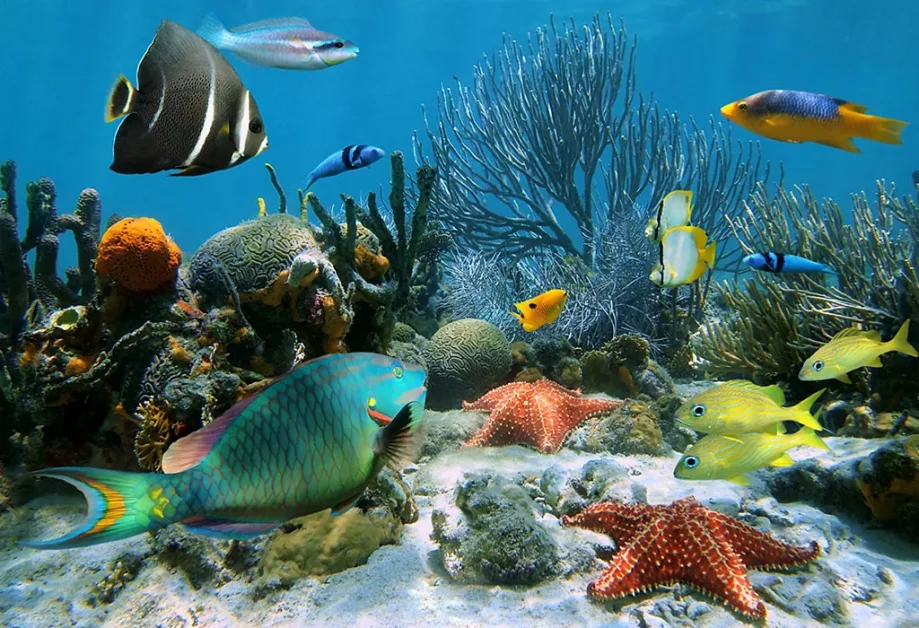The majority of the world is covered in water, which covers around 70% of its surface. The seas are the habitats of several marine species. The Pacific Ocean, which makes up almost a third of the planet’s surface, is the largest ocean.
Diverse animals can be found underwater. Some of them are highly deadly, while others are more gentle.
Great White Shark
Other names for these sharks include the amazing white, white pointer, and white shark.
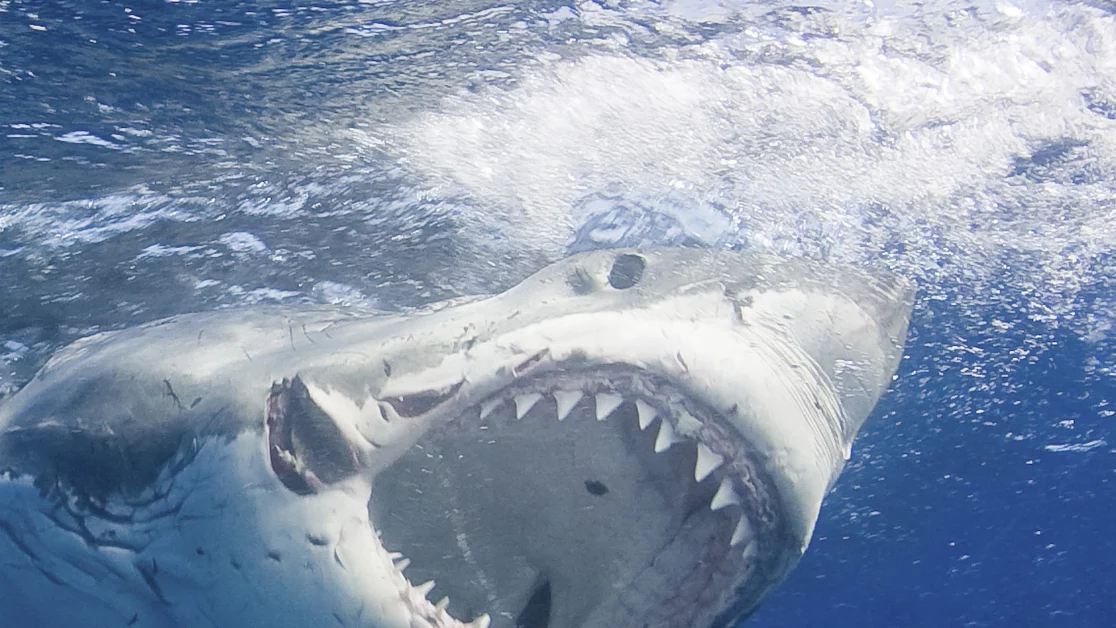
It is notable for its size, with larger females growing to 6.1 m in length and weighing 1,905-2,268 kg at development. The majority, however, are smaller; men typically stand between 3.4 and 4.0 meters tall and women between 4.6 and 4.9 meters.
The life expectancy of remarkable white sharks is estimated to be up to 70 years or more. According to a related study, female exceptional white sharks need 33 years to prepare to bear offspring, whereas male extraordinary white sharks need 26 years to reach sexual maturity.
Amazingly, white sharks are capable of swimming at speeds of 25 km/hr for brief bursts and down to 1,200 m. The formidable, massive, funnel-shaped nose of the amazing white shark is strong.
Like several mackerel sharks, the upper and lower flaps on the tail balance at around the same size.
Barracuda
Barracudas are predatory fish known for their violent behaviour. Near the ocean’s surface, they occupy the area surrounding coral reefs.
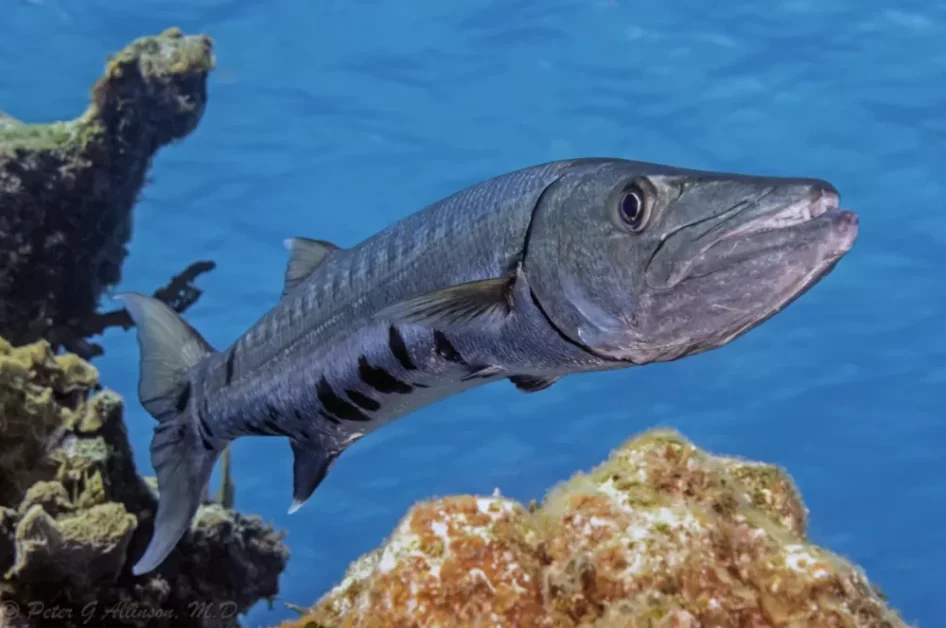
They have a distinctive, unmistakable snout shape and fanged fangs in their jaws. They have an under bite due to their pointed heads.
When attacking prey, barracudas may swim up to 27 miles per hour (43 kilometers per hour).
Sea Snakes
Sea snakes are poisonous snakes that can only survive in water, making them incapable of living on land. In the warm coastal waters, they can be discovered.
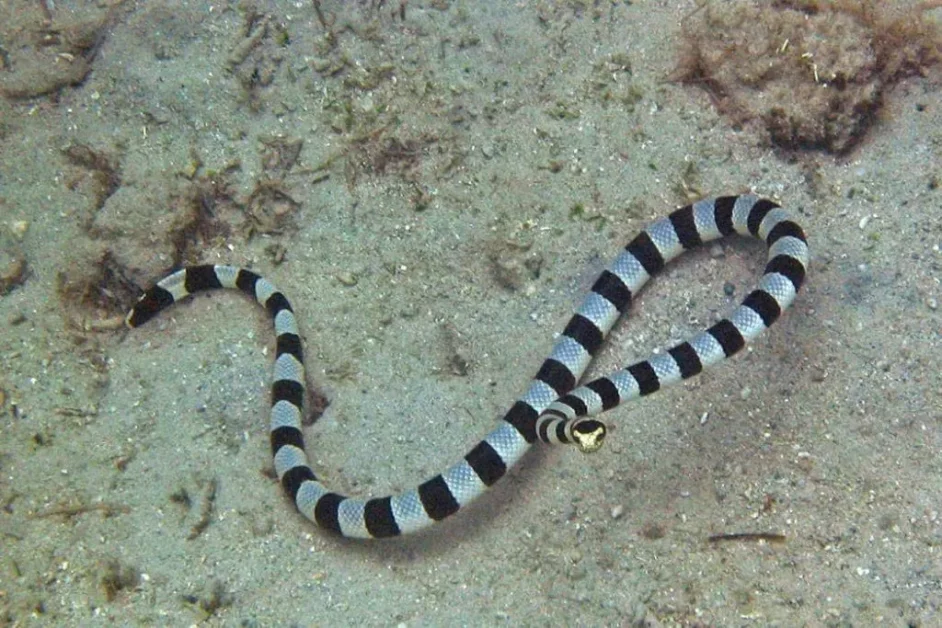
These snakes are frequently mistaken for eels because of their compact bodies. They need to surface frequently because they breathe air. They might be delicate or hostile.
While certain sea snakes should be avoided, others can be handled safely. The majority are considered reluctant eaters. However, one species, the hydrophis platurus, contains venom that is more powerful and potent than that of any terrestrial snake in existence. Several deaths have been reported, however not many.
Stonefish
The stonefish is thought to be the most hazardous fish currently swimming. They can be found on the Pacific and Indian Ocean shores.

They can cause hospitalization, even death, from their painful stings.
The venom is typically pushed into the bottom of the foot when swimmers stomp on these fish. Sometimes swimmers picking up these fish in the water or even on the beach cause stings.
Flower Urchin
This animal is regarded as the most dangerous urchin in the entire globe. The sea urchin can sting you with painful venom, which could put you in the hospital.
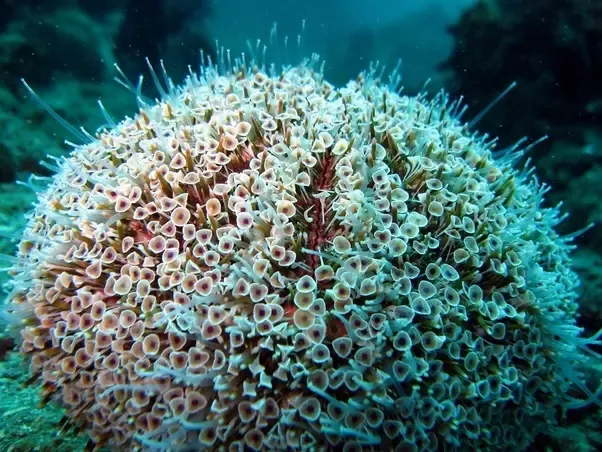
They inhabit sandy, seagrass, and coral reed habitats. Their pinkish hues and floral patterning gave them the nickname “Flower urchin.” The tongue, lips, eyes, and muscles may become paralyzed if touched. Other effects include speech impossibility, difficulty breathing, and faintness.
Subscribe to our YouTube channel to catch your favorite Switch TV shows.
Blue-ringed Octopus
Beautiful and deadly, the blue-ringed octopus is a species of tiny octopus that inhabits tide pools in the Pacific and Indian oceans.

They have yellow skin, blue and black rings, and are easily identified. Crabs, shrimp, and other small creatures are typically their prey. They are among the most hazardous animals in the world, according to scientists.
If stung, one can anticipate experiencing complete body paralysis, which could cause them to drown if they are stung in water that is deep enough. Tetrodotoxin, a substance that is disastrous when it comes into contact with people, is the cause of this possibly fatal adverse effect. There is no recognized antivenom as of now.
Pufferfish
Pufferfish can be found in the warm oceans of the Atlantic, Pacific, and Indian Oceans.

The pufferfish is so dangerous that it is considered the second deadliest animal on earth. Their poison contains tetrodotoxin, which can occasionally be more dangerous than cyanide.
These fishes have this poisonous material in their eyes, livers, kidneys, ovaries, and spikes. Amazingly, while having a shockingly dangerous character, their meat is regarded as being simple in some parts of China, Japan, and Korea. In any case, it is merely provided by incredibly pre-arranged aficionados.
Box Jellyfish
These are various species whose names derive from their square body shapes.
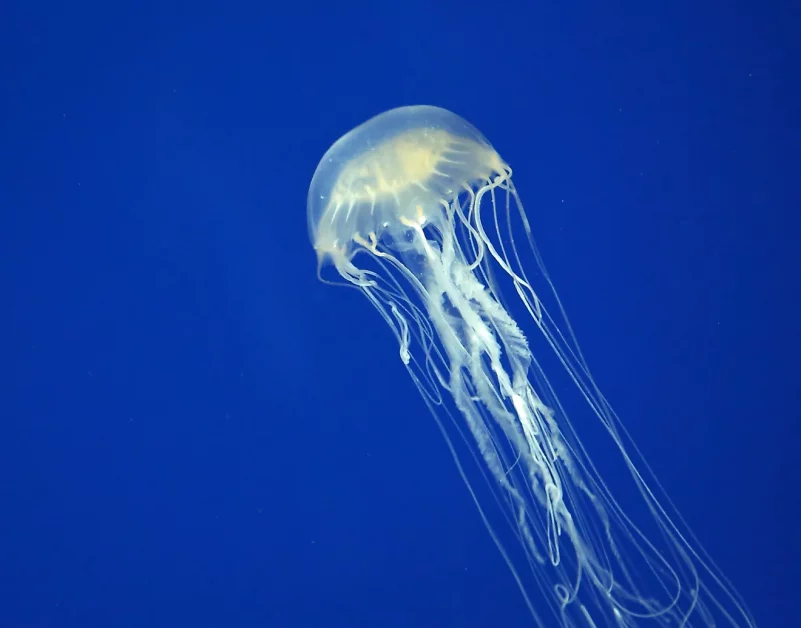
Numerous carton jams are exceptionally poisonous, with the enormous box jellyfish having the best sting of them them. The death toll will probably be significantly higher in some areas, especially when treatment is not immediately available. Only the geographical sea cone is more poisonous than the poison of box jellyfish, which is the second most frequently solid toxin of any species on Earth.
Lionfish
These can be found throughout the Atlantic region and, more specifically, the Indo-Pacific Ocean basins.

The spines and very pompous pectoral adjustments of lionfish make them particularly dangerous and venomous. Few trackers will attempt to challenge a lion fish because of their well-known toxic nature. These stings are incredibly painful for people and make it difficult for them to relax. Lionfish can be found in most marine climate types found in warm marine waters of the wildernesses.
Tiger Shark
These sharks are memory sharks and the last surviving member of the Galeocerdo class. It is a massive macropredator capable of growing to a length of about 5 meters.
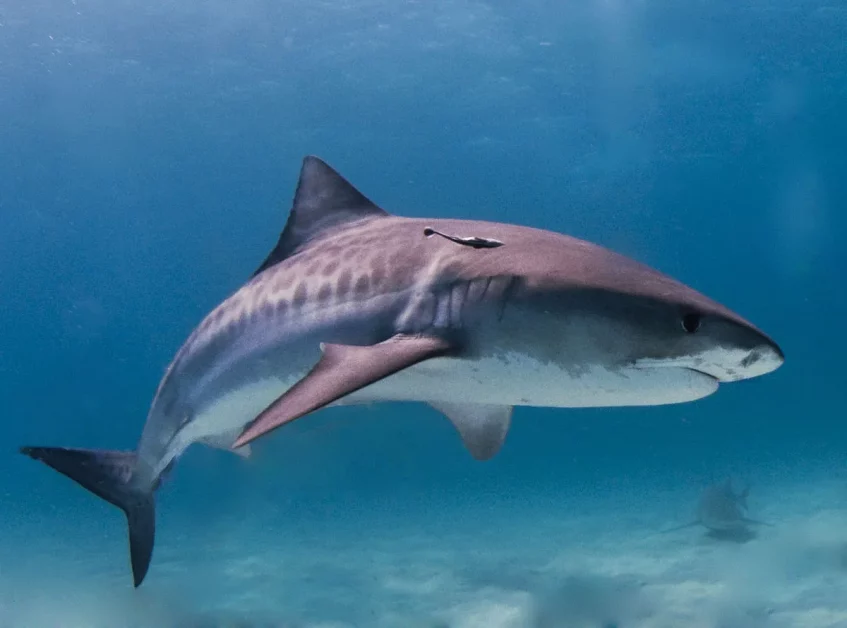
Numerous tropical and temperate seas, especially those around important Pacific islands, are home to populaces. The tiger shark is a lone tracker that mostly operates at night. With a spectrum of prey that includes scavengers, fish, seals, birds, squid, turtles, ocean snakes, dolphins, and, shockingly, other more modest sharks, it is renowned for having the widest dietary range, all things being equal.

